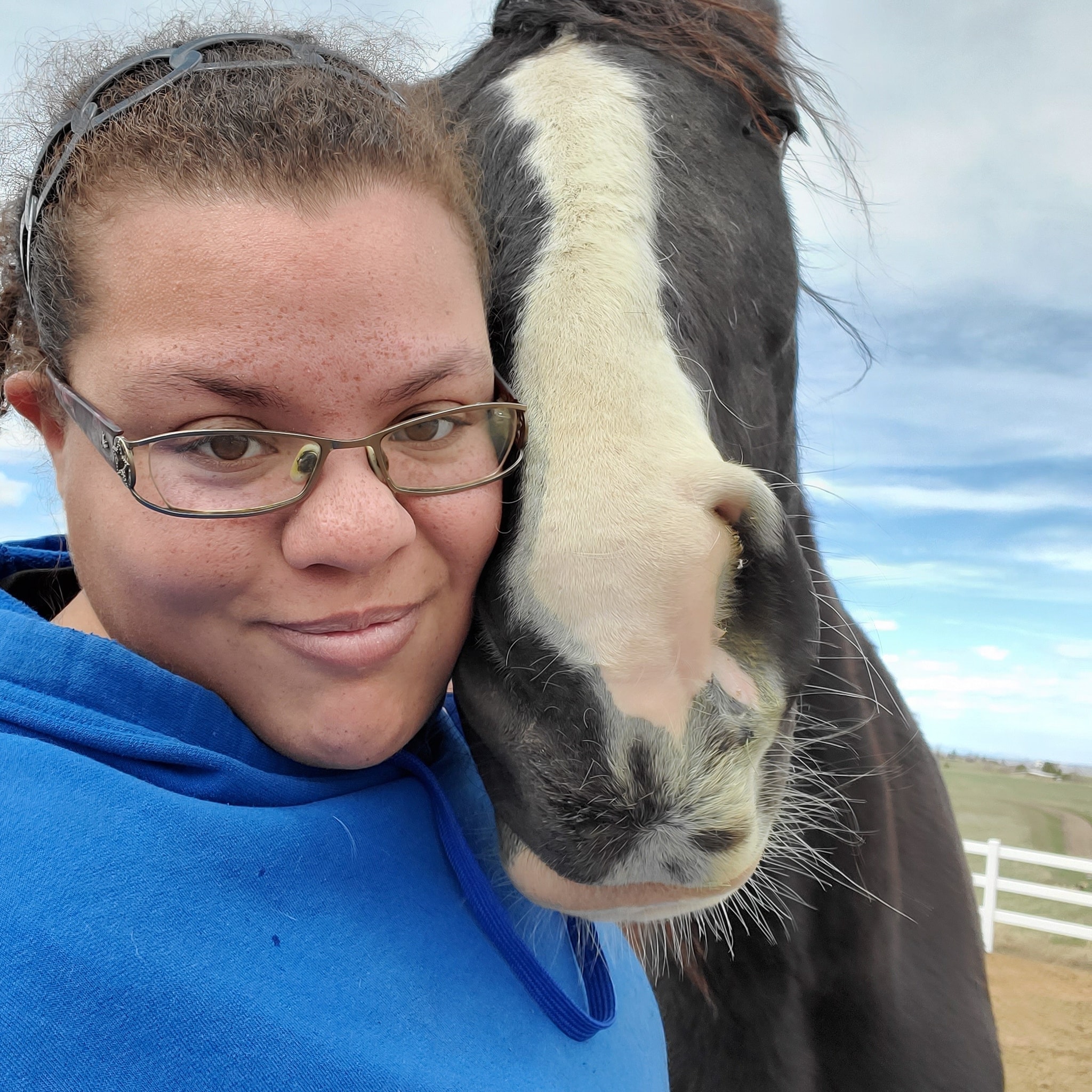By Shashi Kadapa
Tantra is a systematic method of practice that provides the structure and form for various Hindu and Buddhist religious rituals and traditions. Developed during 1700 BC as a part of the Rig Veda, several ancient Sanskrit scholars such as Pāṇini, Patanjali, Sabara, and The Mimamsa Hinduism School, speak of Tantra as a loom where traditions are weaved as threads into daily practice. The tantric, a person who has mastered the tantras, is considered sublime, omnipotent, and offers liberation of the soul.
Colonial attitudes and modern media have painted this practice as a path for black magic and libertine sexuality. While these elements are indeed a part of tantra, this piece will introduce you to tantra, its various forms, the association with mysticism, healing, black magic and sex.
Elements of Tantra
Elements are the characteristics that define tantra. These are different for the Vedic religion, Hinduism, Buddhism, and in Shaktism and Shaivism. In Vedic Hinduism, “tapas” or enhancement of the inner spiritual energy is important. Tapas is the ethereal and sublime inner energy that guides the tantric to perform magical acts, give divine revelations, and grant visions. Tantra, yoga, and ayurveda are closely linked and the practitioner transforms himself into an alternate realm through channels or pathways..
While tantra provides the mantras or chants and the exact sequence of timed rituals; yoga uses control over breath, body parts and the brain. Ayurveda provides the herbs and hallucinogenic plant concoctions that enhance the senses. While the body remains rooted in one spot, the spirit, soul or “atma” is transferred into a different orb.
Buddhist tantra uses incantations, magical chants to remove the negative forces, create auspiciousness, and protection. Some of these incants are called mantras, parittas, dhāraṇīs or ratana sutta. These are the core elements of Buddhist tantra. Tantrics of this tradition are involved in rituals for spirits of the dead. Life and death are the main focal points and some monks are found around crematoriums, graveyards, charnel houses and serve as interlocutors with the dead.
Early Buddhist tantra was guided by spirit deities such as Nagas and Yakas. These are powerful nature spirits who serve as protectors of places like hills, lakes, rivers, homes and other objects. Ancient Buddhist texts speak of monks who predict the future as well as rebirth of a deceased by tapping the skull. Buddhist tantra is separate from the Buddhist philosophy of meditation to attain internal peace.
Shaktism is a representation of the demon slaying goddess Durga and Parvati. The metaphysical reality is combined metaphorically with the goddess who has supreme power. Shaivism and Shaivite ascetics practise extreme forms of tantra and are associated with black magic, cannibalism, smearing their body with ashes of the dead. These ascetics are feared and called as Aghoris and Kapalikas, they stay in charnel houses, carry skulls and are practitioners of black magic.
Traditions of Tantra
Hindu Śaiva tantra diverges into three paths: the “atimarga” or supreme path, “mantramārga” or the path of mantras, and “kulamantra” the path of clans. Atimārga was developed by ascetics possessing magical powers and while other paths were developed by the Pāśupatas. The mantramārga was developed by Kāpālikas who use violent paths to attain bliss and whose god is Svacchanda Bhairava, the terrifying avatar of Shiva the destroyer.
Other divergent paths include the Vidyāpīṭha that used sexuality in charnel houses and focused on bisexuality, lesbians, and other acts forbidden in Hinduism. Buddhist tantra traditions include Vajrayana, Mantrayana and were developed from esoteric texts in Tibet and spread to China.
Worship and practices
Rituals are the main elements and the practices developed from various Hindu and Buddhist texts. Rituals are conducted since humans suffer from mala or impurity that forces them to the rebirth cycle. These flaws and impurities can be overcome with ritual actions. Rituals include mandalas, mantras, internal sexual yoga, cremation ground symbolisms, fierce male and female deities and others. Some of the practices for the sadhana or spiritual practices include sadhana, dakshina or donations to the guru. Other options are the bhakti or devotion, diksha or initiation, yoga, mudras hand gestures, sacrifice, acquisition of siddhis or supernatural powers, rituals, sexual yoga, and many others.
Yantras and Mandalas are diagrams with spells that are used in rituals and are usually linked with gods such as Kalo, Durga, Shakti and Shiva. Mandalas are geometric patterns drawn on cloth, animal skin, wood and stone and represent different tantric ideas. Mantras are combined with mandalas for ritual actions. Fig 1 illustrates a typical mandala structure. Different symbols, numbers, and figures are later added by the tantric.
Figure 1. A tantra mandala
Tantra and Black Magic
The term ‘black’ magic is western idea. However, tantra prescribes a set of rituals to overcome the enemies, remove the evil eye, exorcise spirits, destruction of standing crops and water bodies, controlling evil spirits, making a woman fall in love, weakening the enemies and so on. Uddish Tantra is a prominent text that deals with the darker side of tantra. Legend says that in Ramayana, the rakshasa Ravana used this tantra in his fight against Bhagvan Rama.



